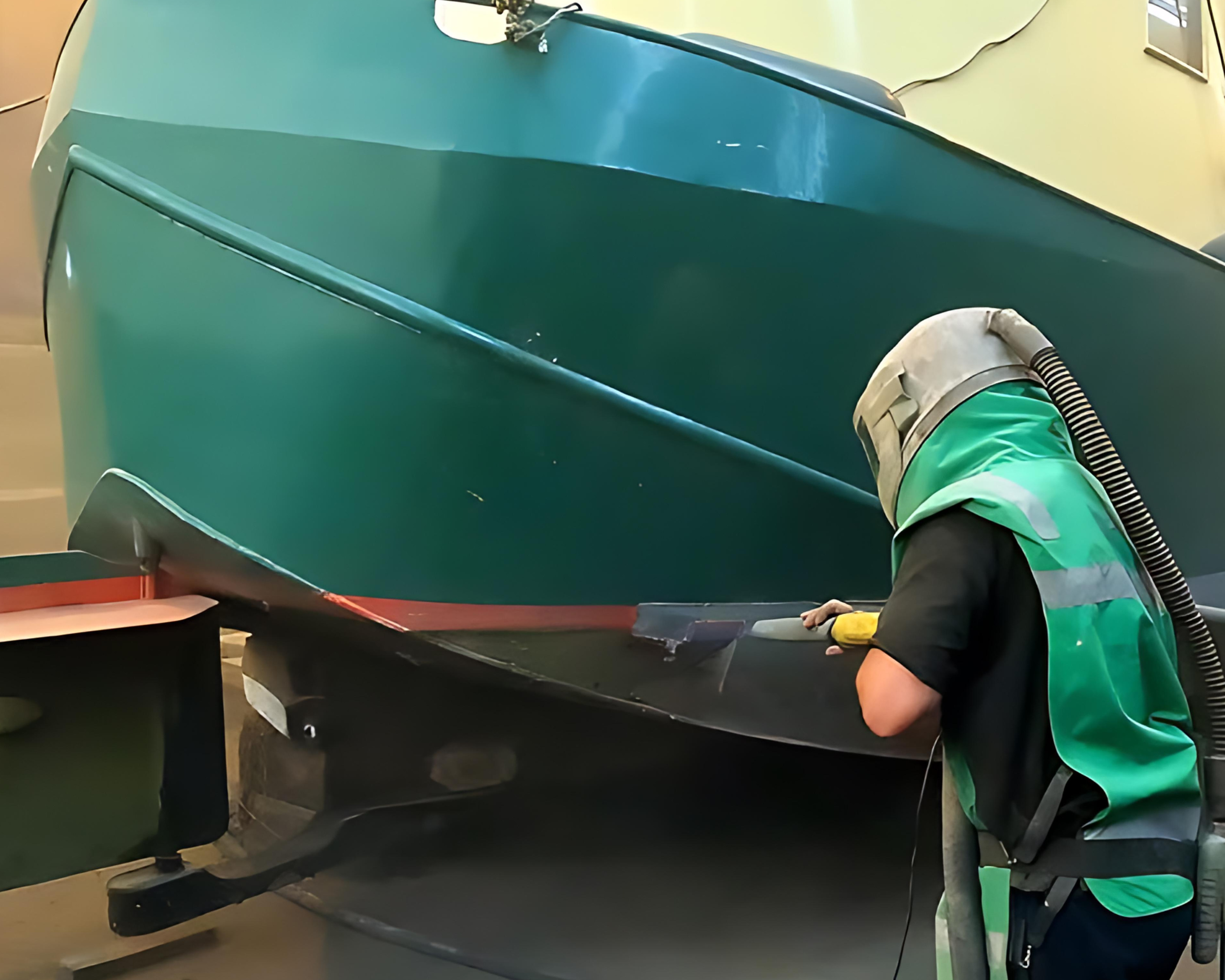Your Cart is Empty


Maintaining a boat's aesthetic and functional integrity is crucial for ensuring its longevity and performance on the water. One of the most effective methods for rejuvenating marine vessels is sandblasting. This powerful technique can strip away years of wear and tear, remove harmful rust and old paint, and prepare the surface for a fresh coat of protective finish. In this comprehensive guide, we’ll delve into the importance of sandblasting in boat restoration, its numerous benefits, and how it can transform your vessel, ensuring it remains seaworthy and visually appealing for years to come.

Boats restoration sandblasting, also known as abrasive blasting, involves using high-pressure equipment to propel abrasive materials against the surface of a boat. The abrasive particles, which can include sand, glass beads, or aluminum oxide, effectively remove contaminants such as rust, old paint, barnacles, and algae. This process is essential for preparing the boat’s surface for further restoration work, ensuring a smooth and clean base for new treatments and coatings.

Boats spend much of their life in water, making them susceptible to various forms of marine growth like algae, barnacles, and other organisms. Sandblasting is highly effective in removing these stubborn contaminants, which manual scrubbing or chemical treatments might not fully eradicate. This thorough cleaning helps maintain the boat’s structural integrity and hydrodynamic efficiency.

A key step in boat restoration is applying new protective coatings or paint. For these treatments to adhere properly and provide maximum protection, the underlying surface must be clean and smooth. Sandblasting excels in preparing the boat’s hull and other surfaces, ensuring optimal adhesion of primers, paints, and anti-fouling coatings. This preparation is critical for achieving a durable and long-lasting finish.
Beyond functional benefits, sandblasting can significantly enhance the visual appeal of your boat. By removing old, chipped paint and other blemishes, sandblasting reveals the clean surface beneath, ready for a fresh coat of paint. This revitalization can restore your boat’s original beauty, making it look brand new.

Selecting the appropriate abrasive material for sandblasting is crucial for achieving the desired results without damaging the boat’s surfaces. Here are some commonly used abrasives and their benefits:
Silica Sand: Effective for general-purpose cleaning but can pose health risks due to silica dust.

While sandblasting is an incredibly effective technique, safety measures must be taken to protect both the operator and the boat. Here are some key safety tips:
Protective Gear: Operators should wear appropriate protective gear, including gloves, goggles, and respirators, to guard against abrasive particles and dust.